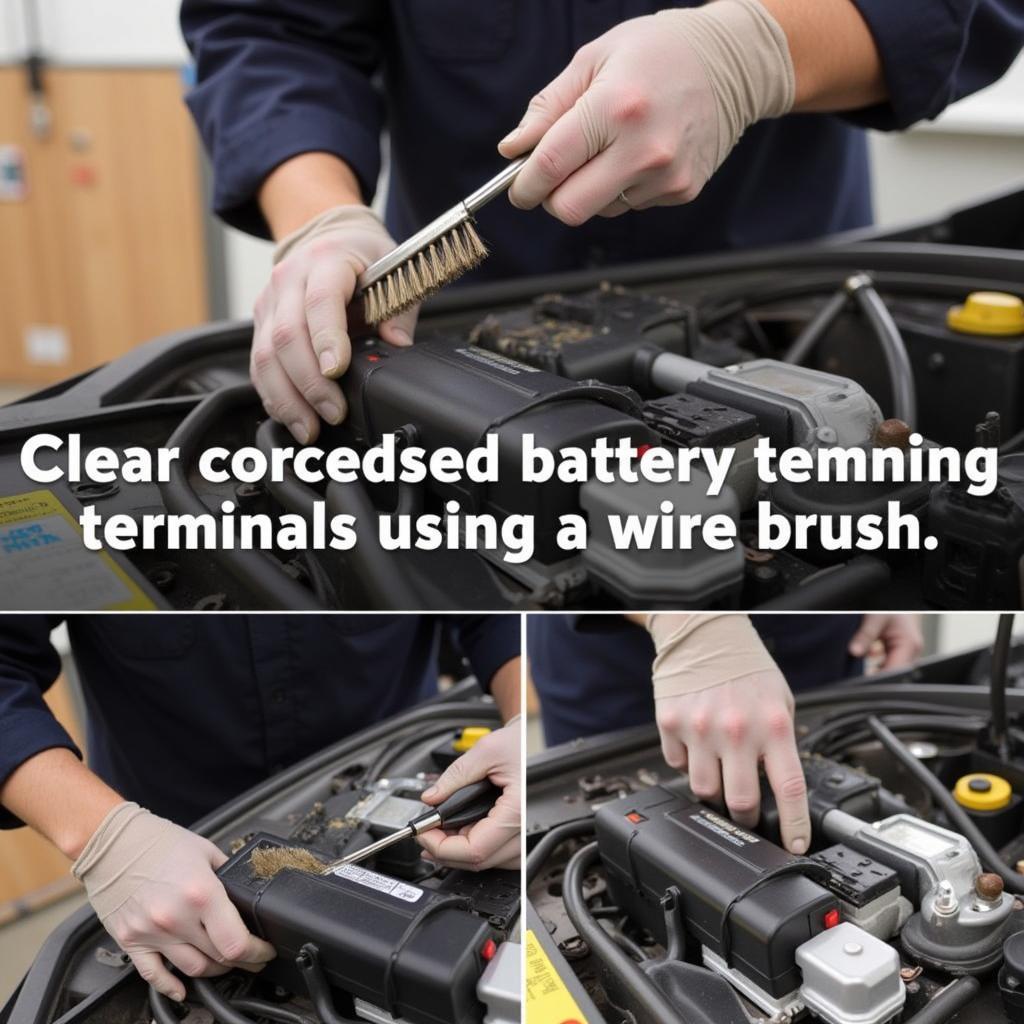Testing a car stereo wiring harness is crucial for a successful car audio installation or troubleshooting electrical issues. A faulty harness can lead to frustrating problems, from a non-functional stereo to more serious electrical malfunctions. Understanding how to test your car stereo wiring harness can save you time, money, and potential headaches. This guide will provide you with a step-by-step approach to testing your car stereo wiring harness effectively.
Understanding Your Car Stereo Wiring Harness
Before diving into the testing process, it’s essential to understand what a car stereo wiring harness is and its function. This harness is essentially a bundle of wires that connects your car stereo to the vehicle’s electrical system. Each wire within the harness serves a specific purpose, such as providing power, grounding the stereo, and transmitting audio signals. Knowing the function of each wire is crucial for accurate testing.
Gathering Your Tools and Resources
Having the right tools is essential for a successful testing process. You will need a multimeter, a wiring diagram specific to your car model, and potentially a test light. A multimeter will help you measure voltage, continuity, and resistance, while a wiring diagram provides a visual representation of your car’s stereo wiring. A test light can quickly identify power sources.
Why a Wiring Diagram is Essential
A wiring diagram is your roadmap to understanding the complex web of wires in your car’s electrical system. It shows the color codes and functions of each wire, allowing you to pinpoint specific wires for testing. Without a wiring diagram, you’re essentially navigating blind. You can usually find these diagrams online or in your car’s service manual.
Step-by-Step Guide to Testing Your Car Stereo Wiring Harness
Now that you’re prepared, let’s dive into the testing process.
-
Disconnect the Battery: This is the most important safety step. Disconnecting the negative terminal of your car battery prevents accidental shorts and protects you from electrical shock.
-
Locate the Wiring Harness: The car stereo wiring harness is usually located behind the stereo unit itself. You may need to remove the stereo to access it fully.
-
Identify the Wires: Using your wiring diagram, identify the key wires you need to test: power, ground, speaker wires, and any other relevant connections.
-
Testing for Power: Set your multimeter to the DC voltage setting. Connect the red probe of the multimeter to the positive power wire and the black probe to a known good ground. You should see a reading of approximately 12 volts with the ignition switched on. Alternatively, a test light can quickly confirm power.
-
Testing for Ground: Set your multimeter to the continuity setting. Connect one probe to the ground wire of the harness and the other to a known good ground point on the car’s chassis. You should hear a beep indicating continuity.
-
Testing Speaker Wires: Set your multimeter to the continuity setting. Connect one probe to a speaker wire on the harness and the other to the corresponding terminal on the speaker itself. Repeat this for each speaker wire. A beep confirms a good connection.
-
Inspecting for Damage: While testing, visually inspect the wiring harness for any signs of damage, such as frayed wires, corrosion, or loose connections.
You may want to consider options like the iPhone Bluetooth Car Radio Adapter or the DAB Car Radio Adapter Bluetooth if you’re looking to upgrade or enhance your car audio experience.
Common Issues and Troubleshooting Tips
Sometimes, you might encounter issues even after testing. Here are a few common problems and how to address them:
-
No Power: Double-check the fuse for the car stereo circuit. A blown fuse is a common culprit for power issues. Also, ensure the ignition is switched on.
-
No Sound: Check the speaker connections and the fader/balance settings on the stereo. Verify the speaker wires are correctly connected to the harness and the speakers.
-
Intermittent Issues: These can be tricky to diagnose. Look for loose connections or damaged wires in the harness. A faulty ground connection can also cause intermittent problems. The iClever Wireless Bluetooth FM Transmitter Radio Adapter Handsfree Car Kit can be a useful tool in some situations.
Conclusion
Testing your car stereo wiring harness is a straightforward process that can prevent major headaches down the road. By following these steps and utilizing the right tools, you can ensure your car stereo installation goes smoothly or quickly diagnose the root cause of any audio problems. Remember to always disconnect the battery before working on any electrical components in your car. Properly testing your car stereo wiring harness is a crucial step for any car audio enthusiast or anyone troubleshooting electrical issues related to their car stereo. Looking for a specific Bluetooth adapter? Check out the Bluetooth Car Radio Adapter Android or explore options available in Fayetteville NC Bluetooth Car Radio Adapter.
FAQ
-
What is the most important tool for testing a car stereo wiring harness? A multimeter is essential for measuring voltage, continuity, and resistance.
-
Why is a wiring diagram important? It helps you identify the specific wires and their functions within the harness.
-
What’s the first step before testing the wiring harness? Disconnect the negative terminal of the car battery.
-
How do I test for power in the wiring harness? Use a multimeter to measure the voltage on the power wire.
-
What could cause no sound from the car stereo? Check the speaker connections, fader/balance settings, and the fuse.
-
What if I have intermittent sound issues? Check for loose connections, damaged wires, or a faulty ground.
-
Where can I find a wiring diagram for my car? Online resources or your car’s service manual are good places to start.

